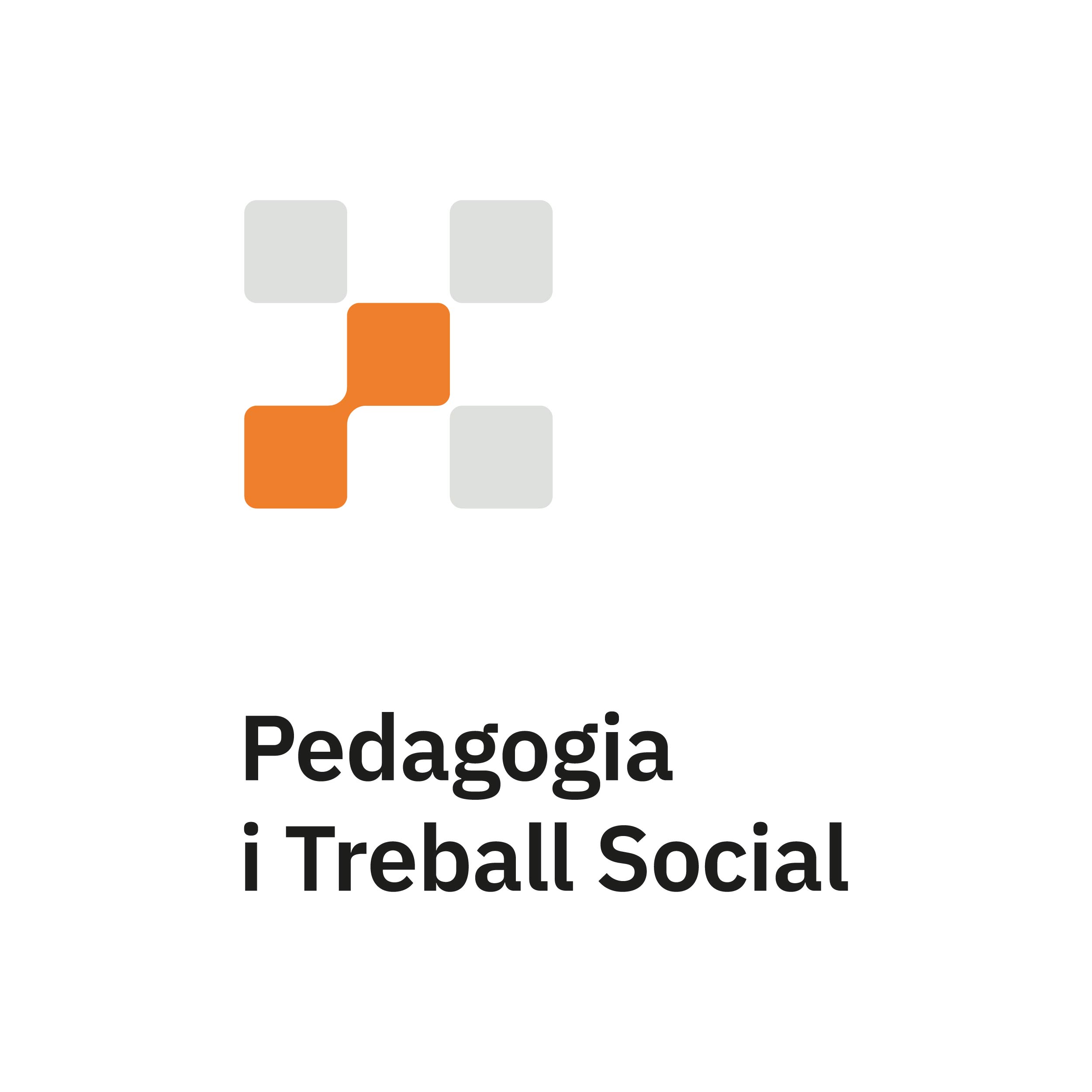Social inclusion and socio-educational intervention through sport. The experience of sports schools 613 of Burjassot
Downloads
Abstract
The following article presents the systematization of an experiment in social inclusion carried out via the 613 Viviendas sports schools in Burjassot. The experiment involves a social-educational intervention through the medium of sport in a context of social exclusion.
The 613 Viviendas estate was built in 1979 to house people from the shanty towns that had sprung up on the outskirts of the city of Valencia. Over the years it became an example of social exclusion associated with a territory in which socio-spatial inequalities were intensifying. Living on the estate would soon have a strong impact on the social behaviour, quality of life and future opportunities of the residents.
The 613 Viviendas sports schools first appeared in 1994 as an attempt to encourage community participation and social harmony through the promotion of grassroots sport, relying on volunteer workers and social participation by residents. Today the scheme is well-known and appreciated on the 613 Viviendas estate and throughout the Burjassot council area.
The aim of this article is to systematize the intervention as it provides an example of good practice in community social work aimed at encouraging social inclusion through sport and community participation at a local level.

